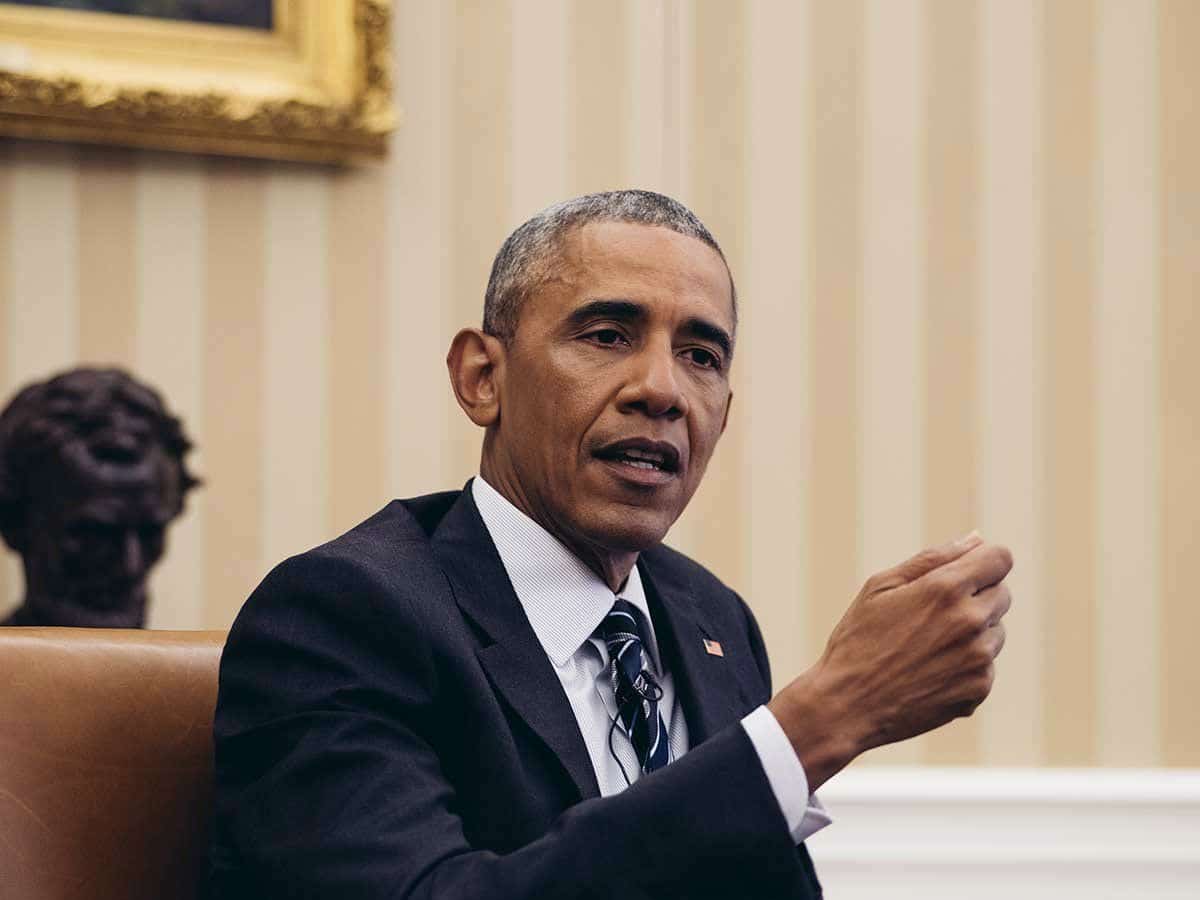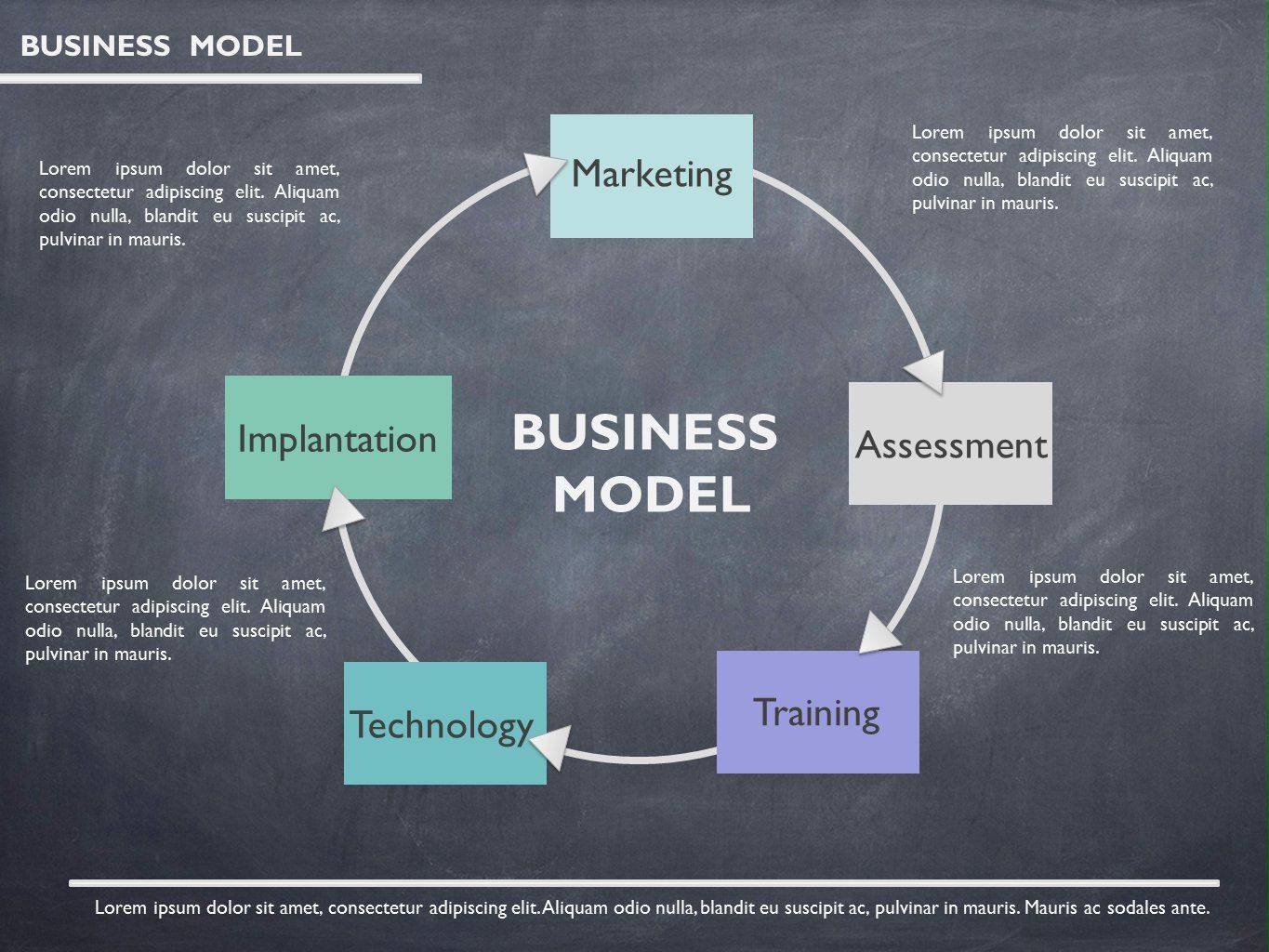Conditions for loans from the IMF avoided a highly effective response to the outbreak that has killed almost 8,000 people, the academics allege in a report in The Lancet Global Health journal this month. The IMF denied the charges and quoted World Bank data to aid its argument that its programs contributed to “significantly improved” health outcomes in Guinea, Sierra Leone and Liberia. 430 million to fight Ebola in West Africa.
Cambridge University sociologist Alexander Kentikelenis. Co-authors are Lawrence King of Cambridge, Martin McKee of the London School of Hygiene and Tropical Medicine and David Stuckler of Oxford University. Civil wars in Liberia and Sierra Leone in the 1990s also contributed to the long-term destruction of these countries’ health systems, said the report.
IMF policies contributed to “under-funded, staffed insufficiently, and poorly prepared health systems” in the three countries-a major reason the outbreak spread so quickly, the record said. The IMF’s insistence on decentralized health care managed to get difficult to mobilize a coordinated response to Ebola, it said. The IMF responded by stating that health spending experienced increased in the three countries, if counted as a percentage of GDP. Which is attempting to provide more credit card debt relief that would free funds for increased health spending, the IMF said.
Peter Navarro, Trump’s trade master, needs to take a look at these graphs before the U is lead by him.S. China. Contrary to what he thinks (and he’s most assuredly incorrect on almost anything he says), China is not keeping its money poor artificially. As the second chart shows, the Chinese yuan has actually appreciated strongly against the currencies of its trading partners on an inflation-adjusted basis.
- Depreciation of capital items over $300 (washers etc.) only if purchased by you
- Lead initiatives to gather information that facilitates buyer due diligence
- $6.25 of Irish taxes plus $4.25 of US taxes on the $50 of interest income
- A retiree asks: ‘Why do you want to invest the last one fourth of your life doing nothing?’
- Management must be focused on a plan to market the asset
4 trillion in forex reserves along the way), the yuan was continuously appreciating over that same period yet. If they hadn’t bought all of that incoming foreign capital, the yuan could have appreciated much more than it did. Things have transformed a lot in recent years, however. 1 trillion of its forex reserves, yet the money has depreciated.
They been trying to prop up the yuan (by selling assets), however the yuan has declined. The actual fact that their forex reserves have been relatively stable for days gone by several months shows that the yuan may have found a fresh equilibrium. The point is, the yuan is plenty strong still, and even though the economy is growing 6-7% nowadays (instead of 10%) it is still relatively impressive considering the meager development of the world’s developed economies.
The charts above tell a simple story: the perspective for the U.S. Eurozone or the Japanese economy lately. U.S. stocks and shares are in new highs, but the same can’t be said for some other countries. Finally, an instant look at my favorite Latin American economy, Argentina. These graphs are very encouraging, since they show that by liberalizing its money market and respecting its bills, Argentina has regained a good part of the world’s confidence that it acquired previously lost. Since abandoning its peso peg in December 2015, the peso on the open up market has declined only marginally, even though inflation continues to hover in the 25-30% range.
More significantly, the central bank or investment company has rebuilt Argentina’s forex reserves dramatically within the last year. This further shows that we ought to see declining inflation-finally-in Argentina in the a long time. Because the relatively stable peso and the huge surge in Argentina’s forex reserves are symptomatic of a big increase in the demand for pesos. So even though currency in flow has extended by almost 30% in the past calendar year, its safe to say that the demand for those pesos has also more than doubled. And that means that rapid money growth will not be so inflationary going forward as it has been in the past.
















































































































































































































































































































































































































































